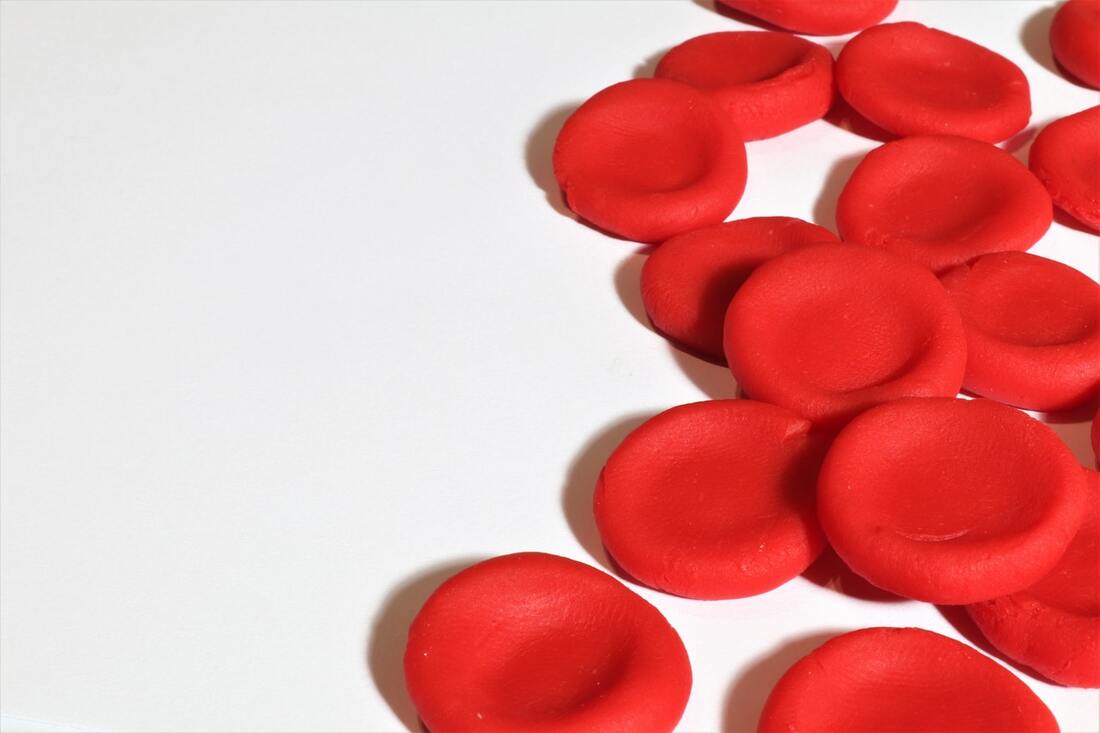|
Gastroenterology is the theme for March, so for this simulation we started off with an upper gastrointestinal bleed (UGIB). There’s a large spectrum with this presentation - this simulated patient was on the severe side. Thanks to Sally Pearson and Laura Jacobs for facilitating. The simulated case: A pre-alert was received for a man in his 50s who has been vomiting blood. He has had a recent binge of alcohol. Pre-hospitally he was identified as having a rapid pulse and low blood pressure. He had been cannulated and a 250mL bolus of fluid given. What happened? Before the patient’s arrival the team discussed roles and potential need for blood transfusion. The patient had blood taken and a second cannula inserted. After assessment the major haemorrhage protocol was initiated and blood transfusions initiated. The UGIB protocol was consulted and as this was a suspected variceal bleed the patient was given terlipressin and prophylactic antibiotics. What did we think? In debrief we discussed: Major haemorrhage protocol (MHP): We discussed that sometimes it’s appropriate to activate the MHP before the patient arrives based on what we know from the ATMIST. The MHP can be activated [edit 12/03/21: Sally has advised me that it is not through 2222, instead you must ring the blood bank directly] with a patient identifiable number. This is a resource-intensive process - really a specific person needs to raise the call and await callback from the blood bank, whilst another specific person is available to go and collect the blood products. Tell the EPIC. Remember we can also give O negative (or O positive in this case as male) blood which is stored within ED. Otherwise, blood can be crossmatched using the paper request forms that blood group samples are sent in. Remember to take the scanner to the patient and scan their wrist band to ensure no mislabelling occurs. There are logistical specifics that can be helpful here:
Electrolytes:
Low calcium is a problem in acute haemorrhage as it can further interfere with normal clotting. It can be triggered after giving the patient blood transfusions because of the use of citrate to impair clotting whilst the blood is being stored. Therefore calcium should also be administered. Since potassium is mainly intracellular, there is a risk that in stored blood some potassium moves outside of the cells, and especially in the case of any breakdown of the cells. Therefore massive transfusion comes with a risk of hyperkalaemia. If the patient also has a lactic acidosis from poor perfusion as a result of haemorrhage, then we know this can also increase serum potassium by pushing it out of cells into the blood in exchange for hydrogen ions. Further, hyperkalaemia can cause bradycardia - our patient is already having difficulty perfusing their organs so bradycardia here logically may add additional strain. Organising endoscopy: In-hours: inform medical registrar, endoscopist and gastroenterology registrar Out-of-hours: inform medical registrar and surgical registrar Liver and alcohol considerations: Clearly this patient will also need the liver bundle - see the guideline on the G drive - and the help of the alcohol liaison team. The UGIB guideline gives the dose of terlipressin to use if the bleed is suspected to be variceal. To do: Poiseuille’s law of flow applicable to IV cannulae [ ] Have you read the hospital massive transfusion policy? [ ] Two great guidelines to look at here: the UGIB one on EDIS, and the decompensated cirrhosis one on the G drive [ ] If you took part in the sim or watched on the livestream, you can use this blog as a starter to reflect on your own experience of it [ ] Blog by: James Keitley - ED sim fellow - on behalf of the ED sim team. --------------- For clinical decisions please refer directly to primary sources. This blog may not be updated. All images copyright- and attribution-free in the public domain or taken by the author.
0 Comments
Leave a Reply. |
Categories
All
The Derrifoam BlogWelcome to the Derrifoam blog - interesting pictures, numbers, pitfalls and learning points from the last few weeks. Qualityish CPD made quick and easy..... Archives
October 2022
|


